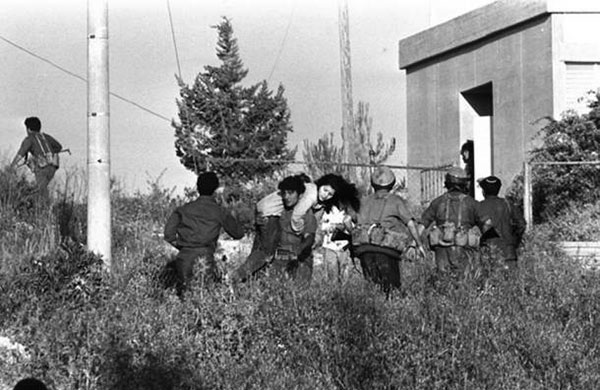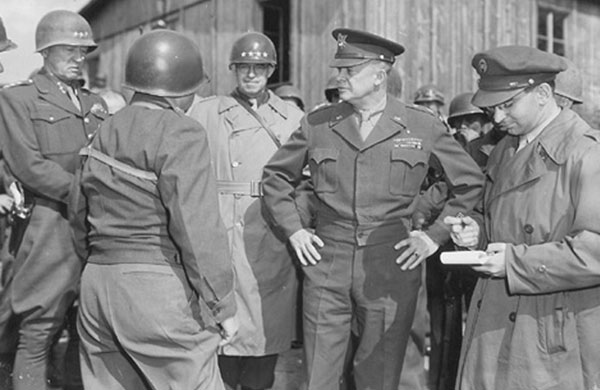 Shoes have always played a role in history and culture. Language is littered with references to shoes. For example, we “wait for the other shoe to drop,” or try to experience life in “another person’s shoes.” One has “big shoes to fill” when he takes on a new challenge; and there is the phrase, “if the shoe fits, wear it.”
Shoes have always played a role in history and culture. Language is littered with references to shoes. For example, we “wait for the other shoe to drop,” or try to experience life in “another person’s shoes.” One has “big shoes to fill” when he takes on a new challenge; and there is the phrase, “if the shoe fits, wear it.”
Shoe design can indicate a person’s wealth and social position, as reflected in the quality of material or the complexity of the workmanship used to make them. Celebrities are known for the number of pairs they own and who can forget that Imelda Marcos, widow of former Philippine President Ferdinand Marcos, had between two and three thousand pairs of shoes.
The Song of Songs 7:2 reads, “How beautiful are thy feet in sandals.” Shoes were considered to be so important that Rabbi Akiva instructed his son Joshua not to go barefoot. The Talmud declares: “A person should sell the roof beams of his house to buy shoes for his feet.”
There are times in Jewish life when wearing shoes is forbidden. When the priestly blessing is given in traditional synagogues, the kohanim remove their shoes outside the sanctuary.
There is also a custom amongst certain Hassidic groups to remove their (leather) shoes before approaching the gravesite of a holy person. This tradition goes back to the command to Moses when he approached the Burning Bush, “Remove your shoes from your feet, for the place on which you stand is holy ground.”
On the historic day of mourning, Tisha b’Av, Jews are prohibited from wearing leather shoes. The same prohibition applies on Yom Kippur. Exodus 3:5 tells us that Moses removed his leather shoes (or sandals) before entering a holy place. As Yom Kippur entails a “re-living” of Temple days, we too remove our leather shoes at this time. As is so often the case in Judaism, this is not the only reason—shoes are also designed to protect our feet and, in doing so, provide comfort. On Yom Kippur we avoid all physical pleasures and leather shoes are a luxury that will detract from the sense of humility that we should feel when atoning.
In the Book of Isaiah, Isaiah is commanded to remove his sandals as a sign of mourning. Shoes also play a part in the mourning period after a death. During the period of shiva, the seven days of mourning, leather shoes may not be worn. In Talmudic times, both the pall bearers and the mourners went barefoot.
The shoe is also part of spiritual tradition. The Kabbalists describe the body as “the shoe of the soul.” Just as shoes protect feet from the dirt, so too does the soul require the body as a shoe to protect it during its journey in the physical world. So before we write our footwear off to be as “common as an old shoe,” we should take a moment to ponder its Judaic significance.



